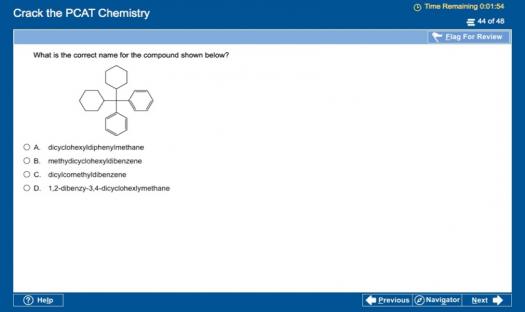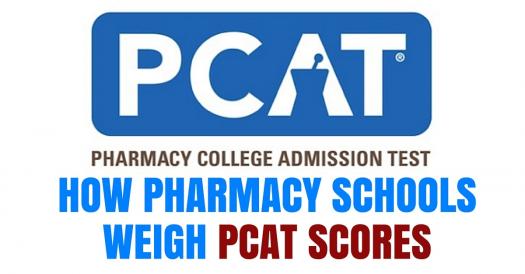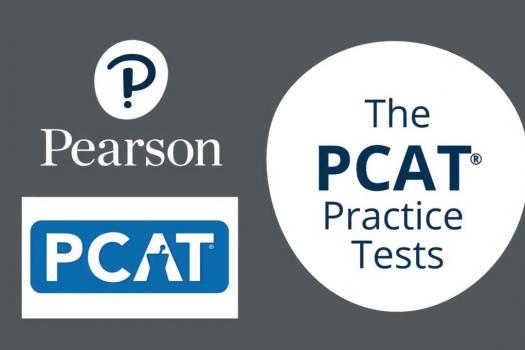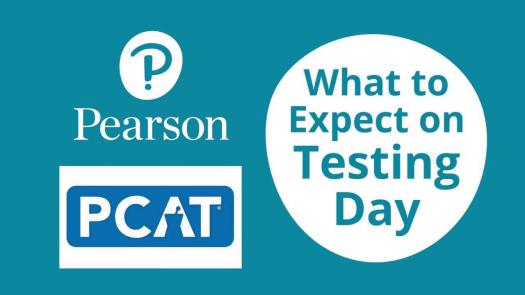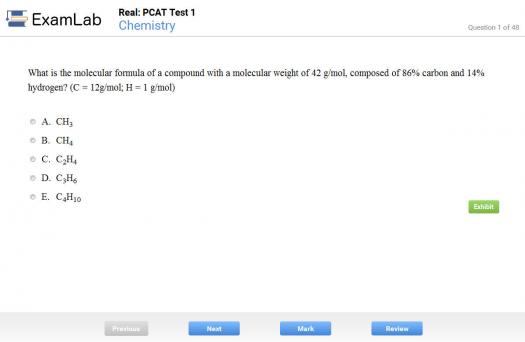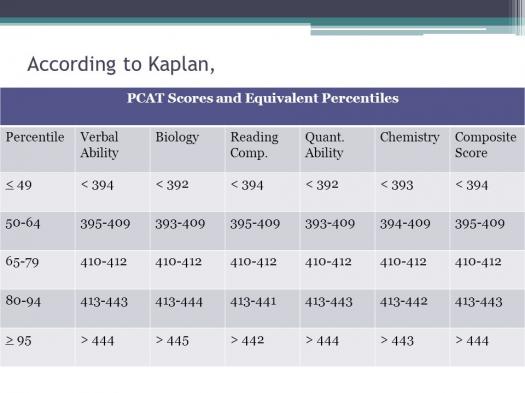PCAT Review Questions - Pharmacy College

The American Association of Colleges of Pharmacy administers the Pharmacy College Admissions Test to identify applicants to pharmacy colleges who are qualified. It's used by a lot of pharmacy schools across the U. S as well as Canadian colleges, in the West Indies, Qatar and the Philippines. For those seeking to be qualified pharmacy technicians, attending a pharmacy colleges is crucial to achieving their aims and dreams. The exam covers topics such as Reading Comprehension, Quantitative Ability, Chemistry, Biology, and Verbal Ability.
- 1.
Which of the following is the muscle that's responsible for turning the head from side to side?
- A.
Scalene muscles
- B.
Levator scapulae
- C.
Splenues cervicitis
- D.
Sternocleidomastoid
Correct Answer
D. SternocleidomastoidExplanation
The sternocleidomastoid muscle is responsible for turning the head from side to side. It is a long, strap-like muscle located at the front of the neck. When one side of the sternocleidomastoid muscle contracts, it rotates the head to the opposite side. This muscle also helps in flexing the neck and extending the head.Rate this question:
-
- 2.
Which muscle fibers are parallel to the axis of the body?
- A.
Rectus
- B.
Diagonal
- C.
Transverse
- D.
Superior
Correct Answer
A. RectusExplanation
Rectus muscle fibers are parallel to the axis of the body. This means that the muscle fibers run in a straight line from their origin to their insertion, aligning with the body's midline. The term "rectus" itself means straight or aligned, further reinforcing the parallel nature of these muscle fibers.Rate this question:
-
- 3.
Which of the following is most vital for healthiness?
- A.
Peace of mind
- B.
Exercise
- C.
Nutrition
- D.
Immune system
Correct Answer
C. NutritionExplanation
Nutrition is the most vital for healthiness because it refers to the intake of essential nutrients that our body needs to function properly. A balanced and nutritious diet provides the necessary vitamins, minerals, proteins, carbohydrates, and fats that support overall health and well-being. Good nutrition helps in maintaining a healthy weight, strengthens the immune system, promotes proper growth and development, and reduces the risk of chronic diseases. While exercise, peace of mind, and a strong immune system are also important for health, without proper nutrition, these factors alone cannot ensure optimal health.Rate this question:
-
- 4.
A breakdown of the mind-body relationship and connection can lead to which of the following options?
- A.
High blood pressure
- B.
Ulcer
- C.
Diarrhea
- D.
A & C
Correct Answer
D. A & CExplanation
A breakdown of the mind-body relationship and connection can lead to both high blood pressure and diarrhea. Stress and emotional turmoil can contribute to high blood pressure, while anxiety and psychological distress can disrupt the normal functioning of the digestive system, leading to diarrhea. Ulcer, on the other hand, is not directly related to the mind-body relationship and connection, so it is not included in the answer.Rate this question:
-
- 5.
Which of the following peroneus muscles is located in the lateral compartment of the leg?
- A.
Peroneus tertius
- B.
Peroneus brevis
- C.
Peroneus longus
- D.
B & C
Correct Answer
D. B & CExplanation
Peroneus brevis and Peroneus longus are the peroneus muscles located in the lateral compartment of the leg. Peroneus tertius is not located in the lateral compartment, so it is not included in the answer.Rate this question:
-
- 6.
When the muscle fibers are stretched, what can be said to have occurred?
- A.
Isometric contraction
- B.
Concentric contraction
- C.
Eccentric contraction
- D.
Isotopic contraction
Correct Answer
C. Eccentric contractionExplanation
Eccentric contraction occurs when the muscle fibers are stretched while generating force. This type of contraction allows the muscle to control the movement and slowly lengthen, acting as a brake or decelerator. It is commonly observed during activities such as lowering weights or descending stairs.Rate this question:
-
- 7.
The hamstrings consist of all the following except?
- A.
Biceps femoris
- B.
Semimembranosus
- C.
Semitendinosus
- D.
All of the above
Correct Answer
D. All of the aboveExplanation
The hamstrings consist of the biceps femoris, semimembranosus, and semitendinosus muscles. Therefore, the correct answer is "All of the above" because none of the mentioned muscles are excluded from the hamstrings group.Rate this question:
-
- 8.
A foot has how many phalanges?
- A.
20
- B.
15
- C.
28
- D.
14
Correct Answer
D. 14Explanation
A foot has 14 phalanges. The phalanges are the bones that make up the toes. Each toe has three phalanges, except for the big toe which only has two. Therefore, when you add up the phalanges of all five toes, you get a total of 14.Rate this question:
-
- 9.
The muscle which allows the foot to move upwards is known as?
- A.
The Extensors
- B.
The Peroneal tibial
- C.
The Posterior tibial
- D.
The Anterior tibial
Correct Answer
D. The Anterior tibialExplanation
The muscle that allows the foot to move upwards is known as the Anterior tibial. The Anterior tibial muscle is located in the front of the lower leg and is responsible for dorsiflexion, which is the movement that brings the foot upwards towards the shin. This muscle works in opposition to the calf muscles, which are responsible for plantarflexion or pointing the foot downwards.Rate this question:
-
- 10.
Which of the following is the balancing mechanism of the body?
- A.
The Brain
- B.
The Feet
- C.
The Vestibular
- D.
Option 4
Correct Answer
C. The VestibularExplanation
The vestibular system is responsible for maintaining balance and spatial orientation in the body. It is located in the inner ear and consists of structures like the semicircular canals and otolith organs. These structures detect changes in head position and movement, and send signals to the brain to adjust body posture and maintain balance. Therefore, the vestibular system is the balancing mechanism of the body.Rate this question:
-
Quiz Review Timeline +
Our quizzes are rigorously reviewed, monitored and continuously updated by our expert board to maintain accuracy, relevance, and timeliness.
-
Current Version
-
Mar 19, 2023Quiz Edited by
ProProfs Editorial Team -
Oct 26, 2018Quiz Created by
AdewumiKoju
 Back to top
Back to top



